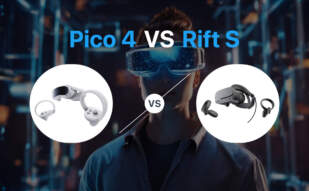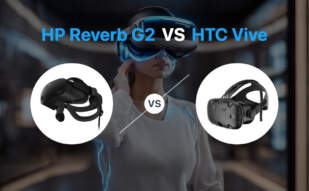If you’re hunting for an immersive and comfortable VR experience, choose Pico 4. Optimized for a blend of entertainment and business use, it offers vivid display, precise tracking, and superior comfort. For developers intent on language popularity trends, Index provides invaluable insights into shifting programming preferences.
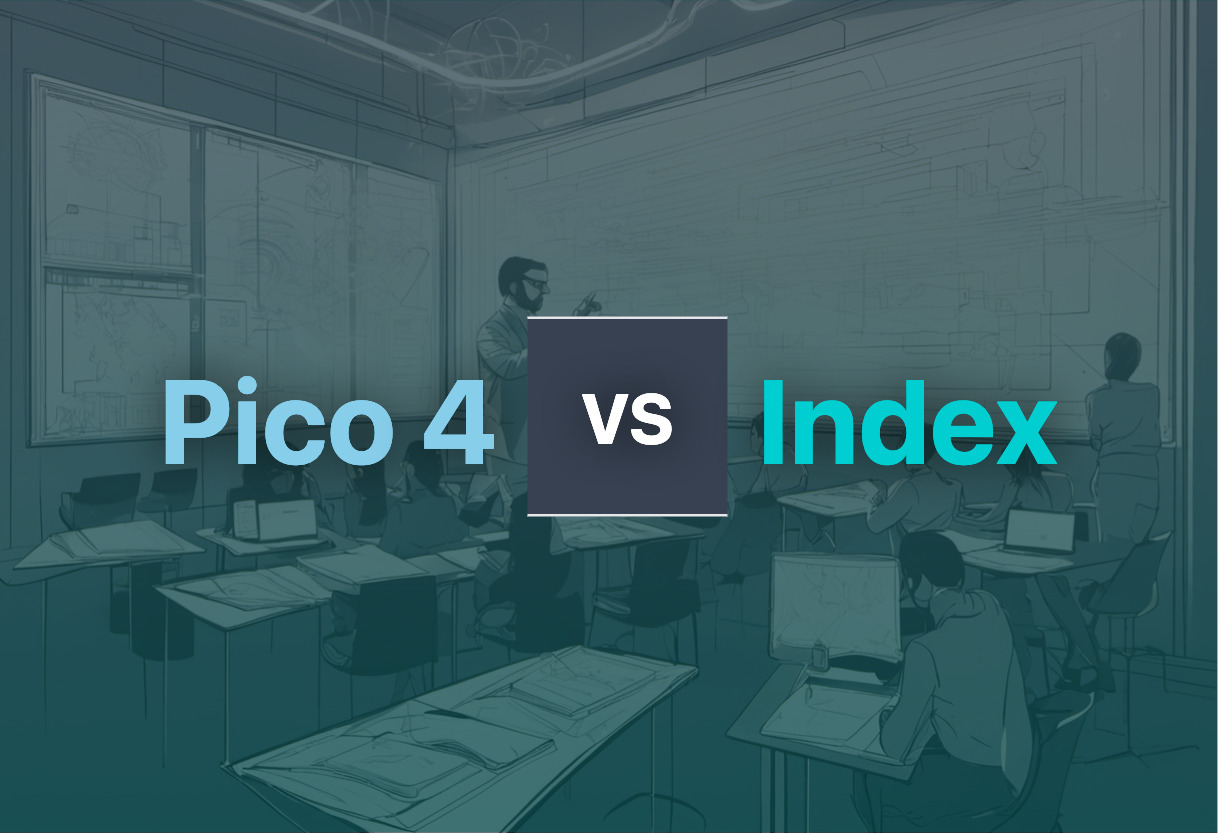
Key Differences Between Pico 4 and Index
- Product Type: Pico 4 is a virtual reality headset. Index is a tool tracking programming languages popularity.
- Use: Pico 4 provides immersive VR experiences for entertainment and enterprise. Index provides valuable data for developers and coders.
- Pricing: Pico 4 is available for €429. Index is a free tool.
- Features: Pico 4 features Snapdragon XR2, LPDDR4/5 RAM, SLAM omnidirectional tracking, and Pancake lenses. Index offers insights into evolving programming language popularity.
| Comparison | Pico 4 VR Headset | TIOBE Index |
|---|---|---|
| Features | Qualcomm Snapdragon XR2, 8GB LPDDR4 RAM, automatic interpupillary distance adjustment, PICO OS 5.0, 2 Fast-LCD displays, over 2K resolution per eye, SLAM omnidirectional positioning system, haptic motion controllers, 360° stereo speakers, Pancake lenses, 295g weight excluding strap | Popularity metrics for programming languages |
| Key Insights | Competes with Quest 2 – Henry Zhou, Founder and President | C# likely to surpass Java in about 2 months due to ongoing trends, C# became free and open-source, Kotlin more attractive option to Java |
What Is Pico 4 VR Headset and Who’s It For?
The Pico 4 VR headset, an innovative technology championed by ByteDance, launched in 2022. This small yet powerful device offers immersive VR experiences with a balanced design that guarantees comfort. The Pico 4 VR headset is perfect for both personal and business use, with its enterprise variant specially designed to cater to the corporate market.
Adopting ergonomic design principles, Pico 4 evenly distributes weight for sustained comfort. Enabled by the Qualcomm Snapdragon XR2 and 8GB LPDDR4 RAM, this device delivers an unparalleled VR experience through its automatic interpupillary distance adjustment and PICO OS 5.0 system.
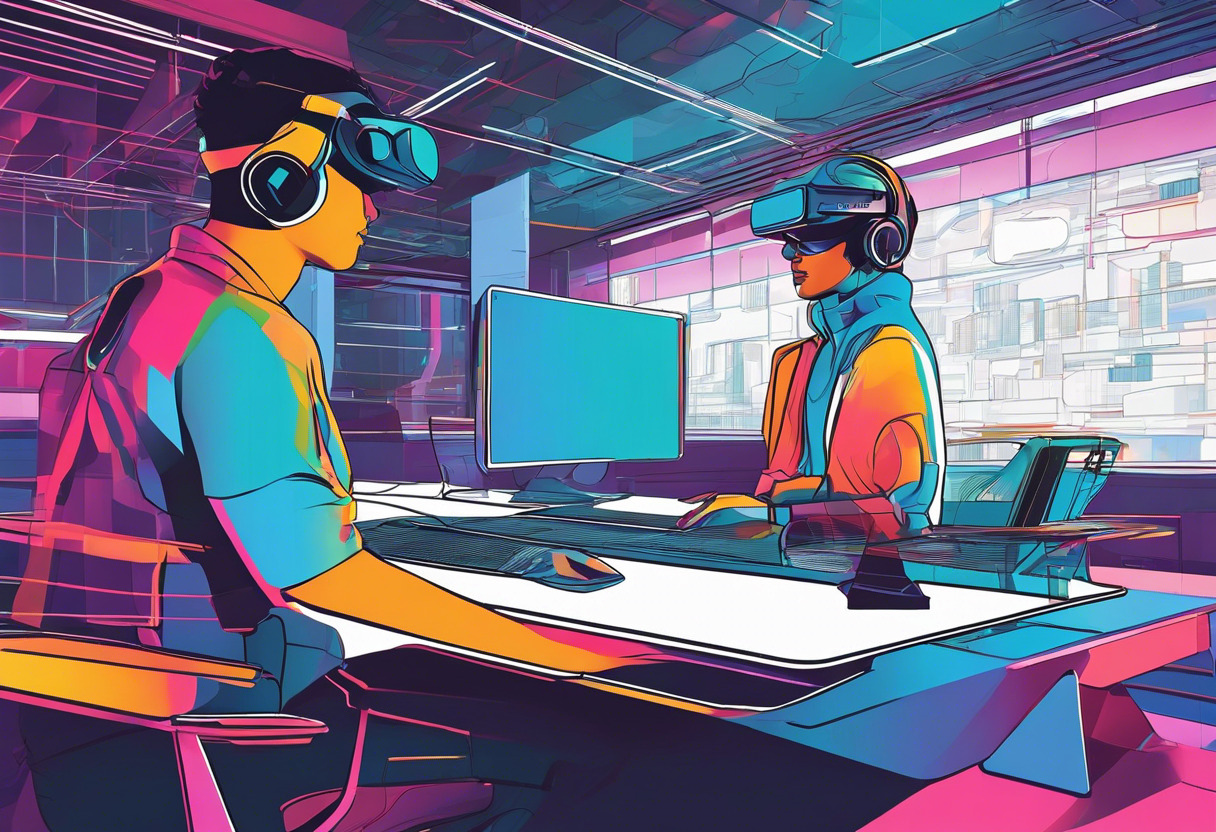
Pros of Pico 4 VR Headset
- Comfortable ergonomic design
- Premium technical specs: Qualcomm Snapdragon XR2, 8GB LPDDR4 RAM
- Incorporates Pancake lenses for superior visual quality
- Excellent tracking and positioning with SLAM omnidirectional system
Cons of Pico 4 VR Headset
- Smaller field of view due to Pancake lenses
- Limited game library according to NookGaming
What Is TIOBE Index and Who’s It For?
The TIOBE Index is a practical tool that signifies the popularity of programming languages, enabling developers to gauge their skills against current market trends. A recent headline reveals that C#, once a commercial language, is now on the cusp of overtaking Java with a mere 1.2% deficit, following Oracle’s decision to initiate a paid license for Java 8.
The TIOBE Index is impactful not only for developers keen on staying ahead in their field, but also for businesses and companies selecting their tech stack. For instance, Microsoft’s free 12-week Web Dev course that covers languages like JavaScript, CSS, and HTML finds relevance in the TIOBE’s analysis.

Pros of TIOBE Index
- Comprehensive coverage of programming language popularity
- Tracks and predicts trends in language usage
- Free and open-source information
Cons of TIOBE Index
- Data can fluctuate based on external business decisions, like Oracle’s paid license for Java 8
- Does not capture all programming languages
Pico 4 vs TIOBE Index: Pricing
While Pico 4 is commercially priced, the TIOBE Index, showcasing language popularity, is freely accessible.
Pico 4
Priced at €429, the Pico 4 VR headset is available for purchase on platforms like Amazon and XRshop. The cost underlines the offering of high-end hardware and immersive VR experiences.
TIOBE Index
The TIOBE Index, a tool to measure the popularity of programming languages, is free and open source, thereby providing wide accessibility to developers and tech enthusiasts.
Pico 4 vs Index: The Ultimate Showdown
After rigorous comparison between Pico 4 and Index technologies, it’s verdict time.
AR/VR Aficionados
As an aficionado of AR/VR tech, Pico 4 should be your preferred choice. With its vivid and immersive VR experience, light ergonomic design, superior Snapdragon XR2 chipset, and Fast-LCD displays, it beats Index hands down. Its haptic feedback and advanced headset tracking provide an exceptional experience. Pair that with an equally impressive pancake lens system, realizing a premium graphical view elevates the entire usage experience. However, limited game library remains a concern.
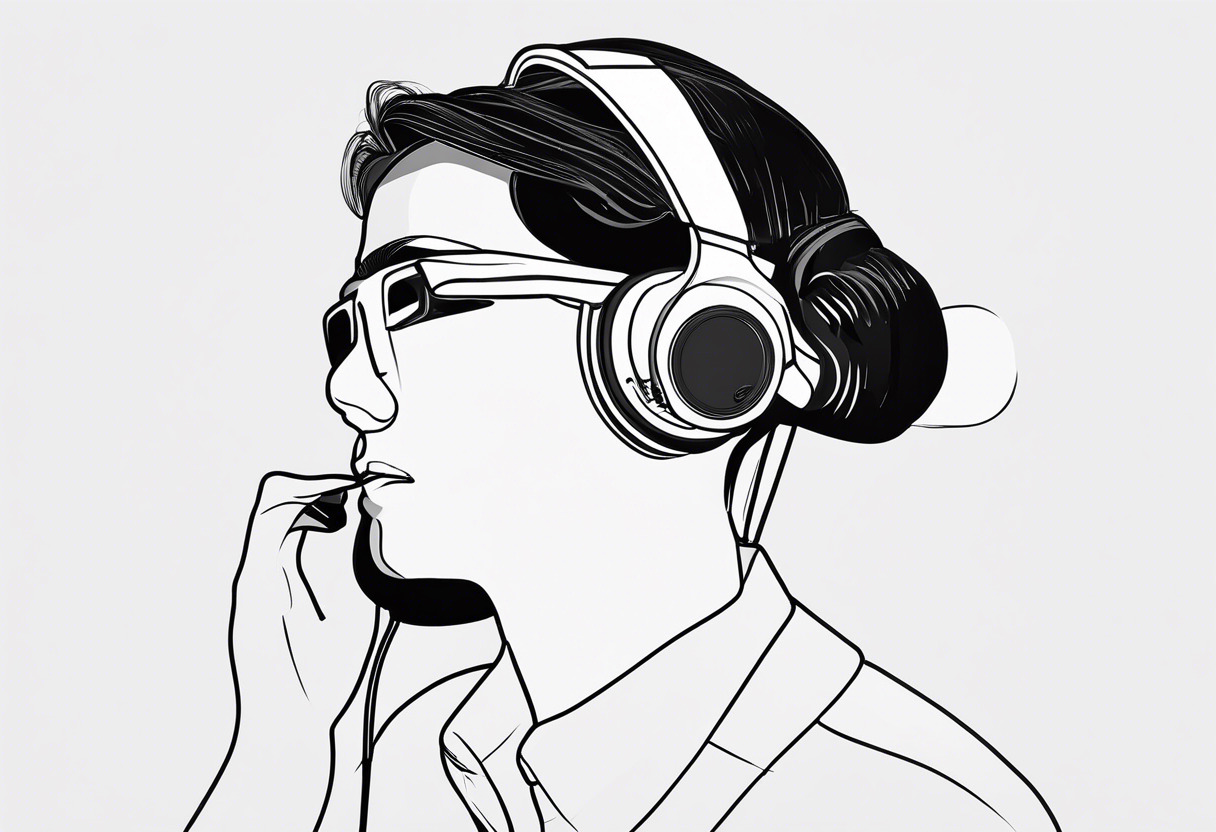
Software Developers
Index, specifically the TIOBE Index is an absolute gem for developers. It is astutely data-driven and reliable when choosing which programming language to master. Its unmistakable rise of C# is indicative of the changing tides in the programming world. Moreover, free courses on programming subjects such as JavaScript, CSS, and HTML are incredibly valuable. The verdict? Index over Pico 4.

Enterprise Users
Capitalize on the Pico 4 Enterprise variant if you are a business seeking to delve into VR territory. Extended LPDDR5 RAM capacity, backed by the Snapdragon XR2, assures seamless performance in demanding corporate applications. Better ergonomics and weight distribution allow continuous usage without comprising user comfort. Index, in comparison, lacks the interactive abilities that Pico 4 Enterprise offers its users.
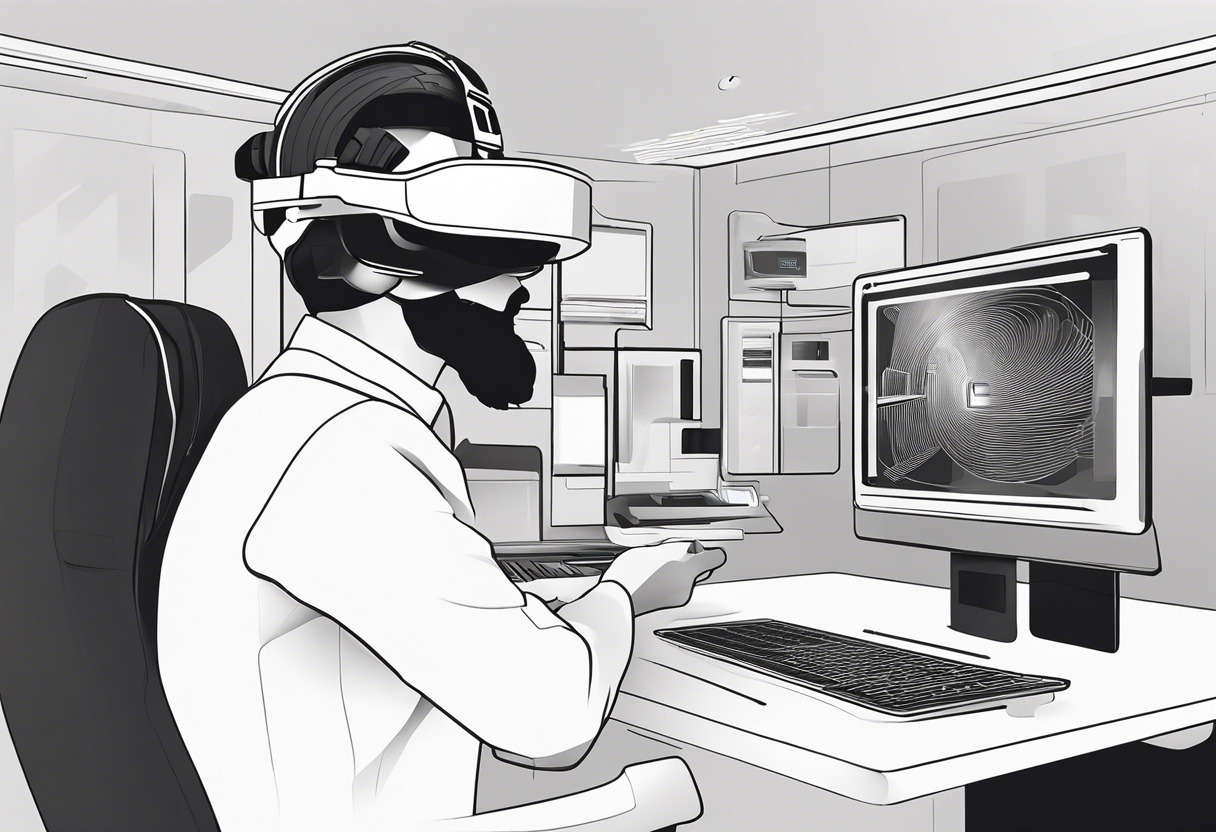
For immersive experiences, Pico 4 is your winner. For programming insights, bet on Index.Ultimately, the best choice hinges on your specific use case.
Tiffany Brise
Content writer @ Aircada, patiently awaiting a consumer AR headset that doesn’t suck.



